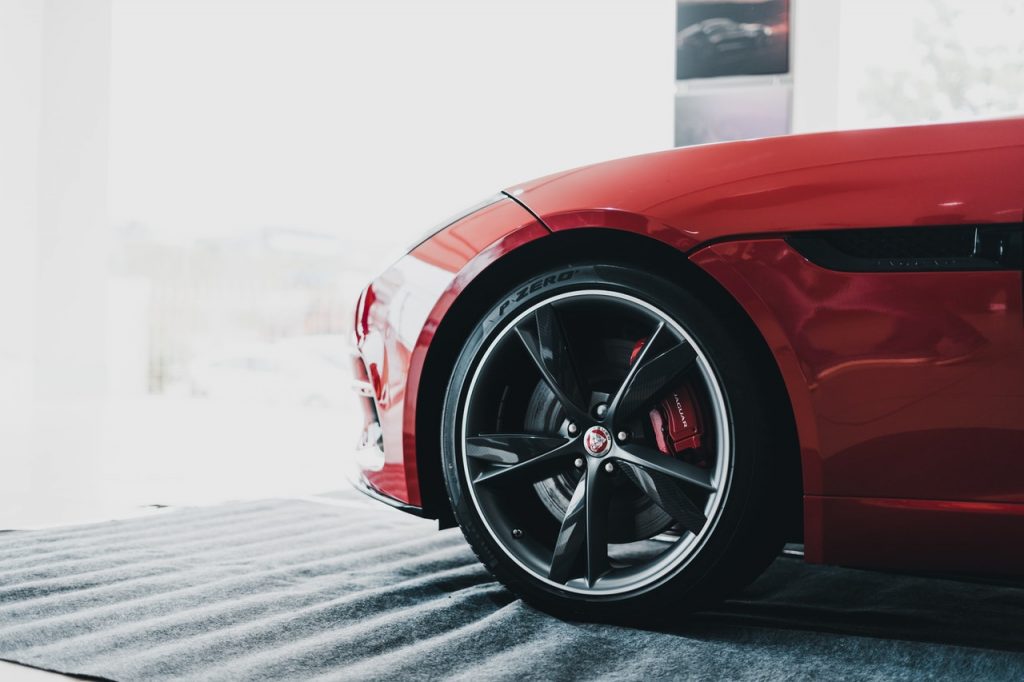
With so many models on the market and new designs being introduced all the time, choosing a car can be challenging. Many people buy the same brand, just a newer model. They ignore other, possibly better solutions. Others rely on recommendations from friends or be tempted by clever marketing. Check what you should pay attention to when buying a car.
Be honest: how often do you drive in the mountains or carry heavy objects? Try to match the car to your needs. Write them down on a piece of paper. If you follow the list, you will soon choose the perfect car model. If you have a large family and need room for six passengers, the decision may be easy. Or maybe you’re single and like to drive in rough terrain? If so, opt for a model with four-wheel drive.
If you’re looking for a car that will perform in a variety of situations, prioritize. Many people use their car primarily to commute to work or pick up the kids from school
Consider whether you’re looking for a new or used model. Your budget will likely play a role here. However, it is worth remembering that both solutions have their advantages and disadvantages. When you buy a new car, you get a manufacturer’s warranty. You can also tailor it to your tastes and needs. However, you must remember that over time the car will lose its value
Used cars have their advantages. They are almost always cheaper than new models. Before you buy a car, be sure to check the VIN number. Order a report from the state database. This will allow you to check if the car you have chosen is an accident. You can also look for a used car from the showroom. Importantly, it comes with a manufacturer’s warranty

Nowadays, manufacturers are trying to match their cars with the lifestyle of the customers. Four-wheel-drive cars used to be reserved for people living in an upland or mountainous region. Today, crossovers like the Nissan Juke, Ford Puma and Renault Kadjar have redefined SUVs and hatchbacks, making life easier for hundreds of thousands of people. Meanwhile, models like the Mercedes CLS combine the practicality of a coupe with the striking looks of a limousine. Interestingly, you can even buy an SUV with a soft suspension. A great example is the Volkswagen T-Roc Cabriolet
When buying a car, analyze the offerings of different manufacturers. Take, for example, the Audi A3 Sportback. It’s a pretty decent car that costs about as much as a Volkswagen Golf. On the other hand, if you enhance the aforementioned models with a few features, you will get closer to the entry-level BMW 3 Series.
If you don’t have a lot of cash in your account, you’ll probably have to take out a car loan. It’s a good idea to calculate your monthly expenses for running the car, such as fuel, insurance, diagnostic inspection, tire changes, maintenance and repairs. Try to make sure they don’t exceed 20% of your monthly salary
Use a car loan calculator. This will give you an estimate of your installment. Make sure it fits comfortably into your budget. Avoid the temptation to extend your loan over 60 months just to buy a more expensive car.
Gasoline engines are relatively cheap and powerful. On the other hand, they don’t provide as much performance as other types of engines. Additionally, they cause higher emissions. Diesel (diesel model) is powerful, economical and flexible. Gasoline hybrids, such as the Toyota Prius, are becoming increasingly popular. You will also find diesel hybrids on the market. They work best for city driving. You will notice the results when you brake frequently, stop at traffic lights and drive at low speeds. These models are cleaner and more efficient than traditional hybrid engines. On the other hand, you have to reckon with higher costs. This type of vehicle is still in development. They may never fully enter the market. Remember to always schedule a test drive before buying a car. This will help you make sure that the model really meets your expectations